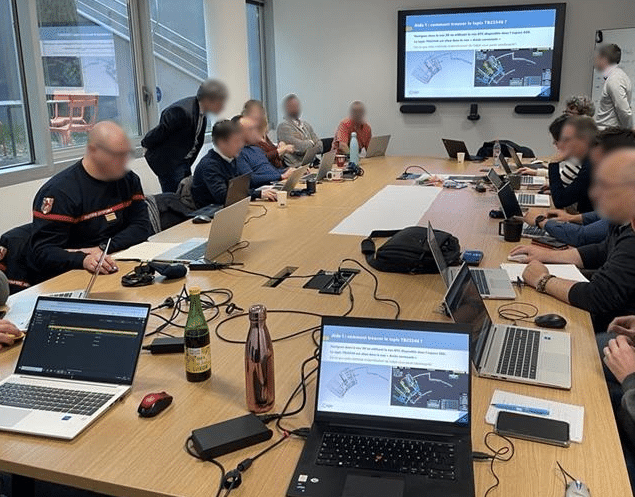From an operational point of view, we often compare the operation of an airport to that of a miniature city. The diversity of services, most of which are invisible to the majority of travellers, are in fact as varied and vital as the services provided by cities to their residents.
In addition to the mobility, catering, accommodation, lighting and air-conditioning services required for passenger comfort, there are the highly regulated functions of air transport.
Maintaining all these services in good working order while complying with regulatory requirements is a real challenge that airport operating companies face every day.
In addition to guaranteeing the continuity of air traffic, airports are also concerned with :
- anticipate the foreseeable increase in air traffic,
- improve the quality of the passenger experience,
- to meet airline demand,
- reduce their carbon footprint and energy dependency.
It was against this backdrop that a major French airport entrusted Egis with a strategic consultancy mission to modernize the operation and maintenance of its airport hub.

Complex integration…
One of the special features of this project is the integration of a Digital Twin platform within an information system that is particularly rich in software components, including :
- geographic information systems (GIS)
- centralized technical management (CTM)
- computer-aided maintenance management (CMMS)
- several IT equipment hypervisors
…for better internal communication
The main expectation of the digital twin is to simplify interactions between all the teams involved in the day-to-day life of the airport:- reliable, up-to-date data
- improved ability to find the right information
- properly interconnected key systems
- an unambiguous, shared geographic reference system
- ergonomics adapted to mobile working
- a 3D base becoming a common asset in which each player feels as much a user as a contributor